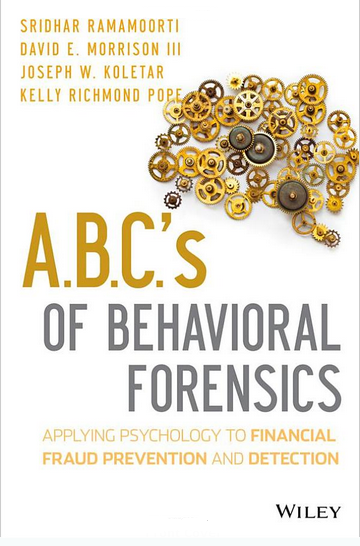(By Joe Koletar and Jack Bigelow) (See previous two postings for additional information) Thus far in exploring the factors we believe to be behind the FBI’s downgrading of its mortgage fraud investigations, we’ve considered two factors:
• Concurrence with the priority-lowering decision by other affected government agencies;
• The dramatic emergence of counterterrorism as a top priority in the wake of 9/11.
The third factor is the fact that our Federal criminal justice structure for white collar crime is largely based on laws passed 80 years or so ago. Today’s reality is very different from the environment of the 1930s. New laws have certainly been added and better reflect the realities of the times, but the old laws are still on the books. They can still be quite effective, but their language is dated. Therein lies a problem.
When the old laws were written, five thousand dollars was a lot of money. For Federal involvement to occur, the loss had to meet or exceed five thousand dollars as a threshold for Federal action. Five thousand dollars doesn’t mean much these days.
At the same time, the structure for enforcing the laws has remained stable. There are 94 Federal Judicial Districts in the United States, each with its own Chief Judge, lesser judges, and a United States Attorney (USA). The USA is the lead prosecutor for Federal crimes committed in that district (including mortgage fraud). The USA is assisted by the Assistant United States Attorneys (AUSAs). These are civil servants employed by the Department of Justice (DOJ). Many don’t serve full careers, but are permanent employees as long as they hold their positions. The USAs are not elected: they are highly competent attorneys appointed by the President, normally based on party affiliation. They serve at the pleasure of the President and can be removed at any time. Most are not removed, but many leave with a change in administration. This leads to at least a moderate level of turnover among the Federal prosecuting community. This is the structure for prosecuting all Federal crimes, including terrorism cases, cyber-crime, public corruption, counterintelligence cases, civil rights cases, organized crime, violent crimes, and, by the way, white collar crimes such as mortgage fraud. It is a structure without an infinite capacity to handle, say, every case of mortgage fraud involving five thousand dollars or more.
Which brings us to a fourth possible cause of the FBI’s reduction:
The five thousand dollar floor can generate a lot of potential cases. So many potential Federal crime cases come up that a USA’s office functions much like a hospital emergency room. Both can have more than they can handle at the moment, so they must set priorities (a kind of triage). In a USA’s office, this is called an “in-take” function. As with the emergency room, there’s a need to decide what is most important. This doesn’t mean any given issue is unimportant. It’s just the required resource allocation decision: With limited resources, where do we start?
Here’s how the USAs make that choice, given the 5G threshold from many of the old laws. USAs routinely establish or revise Prosecutive Guidelines (PGs). These are policy statements of priorities for a USA’s office at a given time for allocating the office’s resources (people and budget). With 94 Judicial Districts doing this, the PGs can vary widely, often based on population density of the area. The PGs for the Southern District of New York (Manhattan) may set a threshold limit of five million dollars when a USA in a less-populated region may set a threshold of 500 thousand dollars. This spectrum of varied Prosecutive Guidelines provides for equitability in the allocation of resources per capita, but it certainly makes the even application of justice across the country problematic. Or to put it more bluntly in the context of this post: Why should the FBI investigate large numbers of cases that are not likely to be prosecuted? Equally problematic is the fact that many of the cases of mortgage fraud are decentralized, scattered, and therefore difficult to target under the PGs required by resource limitations.
